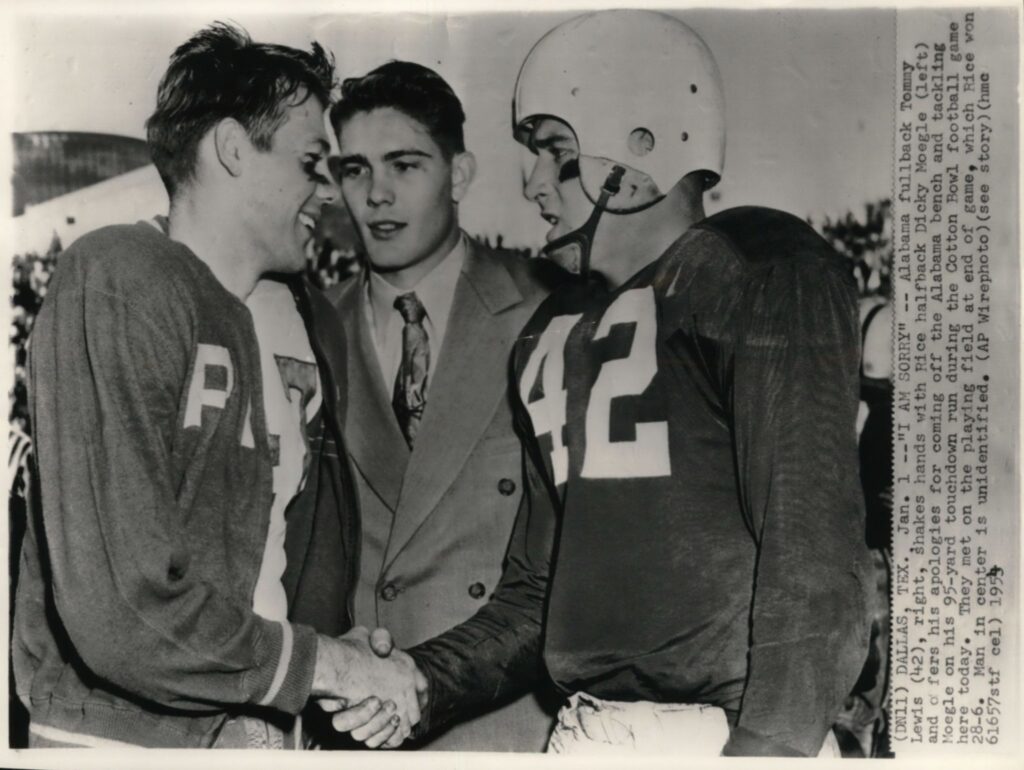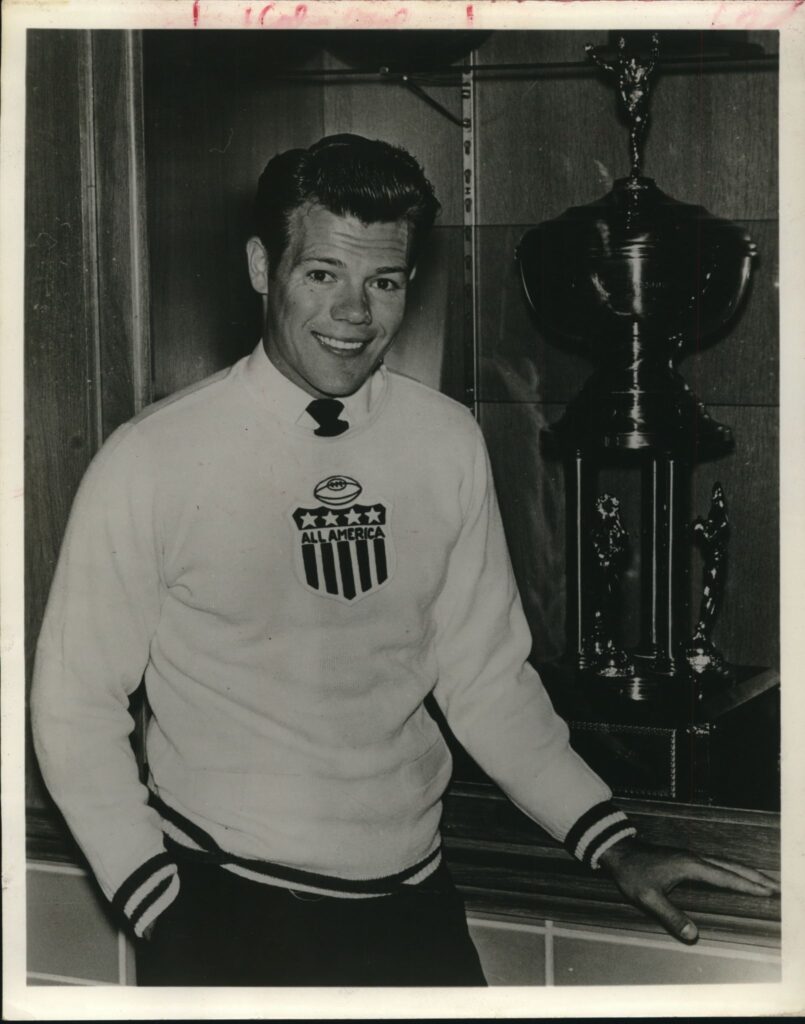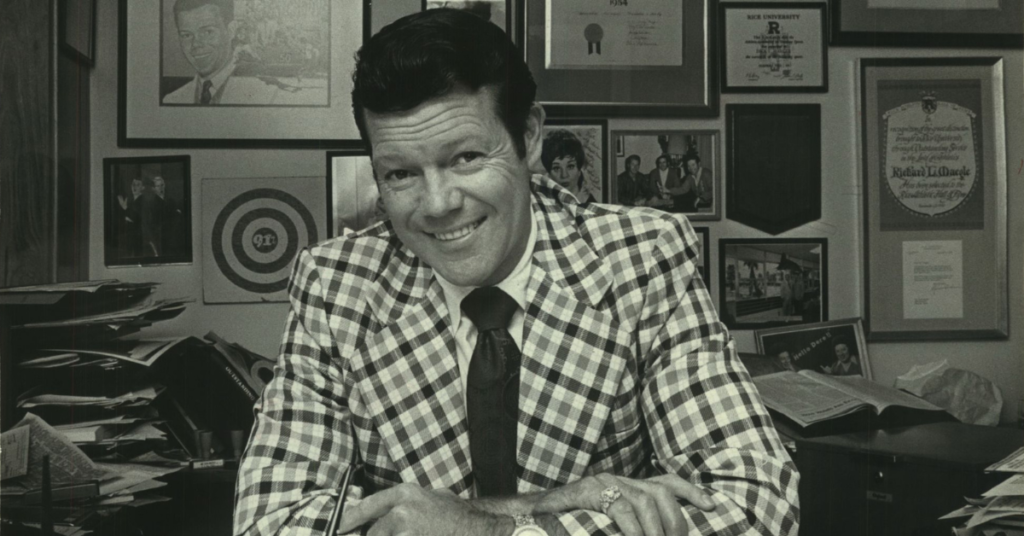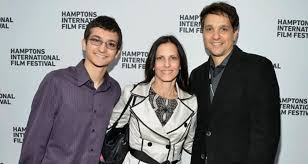Last updated on March 19th, 2024 at 10:53 pm
Let us talk about a special interview of Dickey Meagle from way back in 1979. It was not a big, flashy event, but it had a big impact on how people studied AI. This interview quietly changed the direction of AI research in a meaningful way.
We are going to go back to that time and see what Dickey Meagle said. We want to figure out why his words were important and how they changed the way people thought about making computers smart.
So, let us jump into it and explore this Dickey Meagle 1979 interview. In this article, we will explore the details of the interview and look into the topics discussed step by step.
Table of Contents
Dr. Maegels Best Invention

In 1979, at Stanford University on September 11th, Dr. Dickey Meagle was known for making cool computer programs, like ELIZA and PARRY. One of his creations, PARRY could talk like a person, and Dr. Meagle was really proud of it.
At a talk at Stanford, Dr. Meagle said PARRY could talk almost like a real person. He thought it was a big deal, like machines and people talking together without any clear differences.
But not everyone agreed. Some people wondered if PARRY really understood or if it was just pretending. This talk at Stanford University shaped how we think about computers talking like us. It made us talk about what machines can really do and if they truly understand us.
Conversation Between Dr. Dickey Meagle and Dr. Terry Winograd

Now, let us talk about when Dr. Dickey Meagle and Dr. Terry Winograd had a chat. Dr. Winograd, who knows a lot about people and computers, was not entirely sure how clever those early AI machines were. He had some questions to figure out if PARRY, one of these smart machines, was as clever as people claimed.
Dr. Winograd was not being mean; he just wanted to know if PARRY truly understood things or if there were things it could not do. Knowing a lot about how people talk, he was curious to see if PARRY could handle more than just basic conversations.
This talk between Dr. Meagle and Dr. Winograd was a small part of a bigger discussion in the AI world. Dr. Winograd’s careful questions showed it was important to check if these AI systems were as clever as people said.
It was a conversation emphasizing the need to be really careful in looking at these technologies, especially during a time when everyone was making big promises about what AI could do.
Dr. Winograd did not ask the typical questions to PARRY. He wanted to see how smart PARRY really was, so he threw in tricky questions. Like, he told PARRY to “find the biggest block” when there were no blocks around. He also asked PARRY to explain the difference between a “smiling tiger” and a “tiger that smiles.”
Dr. Winograd wanted to know if PARRY could handle confusing or silly situations. It was a way to check how well PARRY understood language and dealt with situations that did not follow normal rules.
By asking these unusual questions, Dr. Winograd showed that it is important to test AI in tricky, real-life situations. It pointed out the challenges AI faces when things get confusing or do not make much sense. It helps us see where they might be weak and leads to more talks about how well early AI can do things.
PARRY Got Confused
When Dr. Winograd gave PARRY tough questions, PARRY, which was used to simple talks, got confused. Its smart replies turned into weird and unrelated things, and it could not understand the context, so it repeated things that did not make sense.
Even though people thought PARRY was really clever, this showed that it was more like a machine that matches patterns, not truly understanding things. PARRY, struggling with tricky situations, highlighted the limits of early AI.
It showed that, despite seeming smart in certain situations, PARRY could not really understand human-like conversations. It made everyone rethink what AI could do and stressed the need to make tech that truly gets how language and context work.
Rethinking AI After the Meagle Interview
After the Meagle interview, everyone in the AI community got talking. The idea that machines could be super smart like humans did not seem so true anymore. Instead, people realized there was a big gap between machines and how humans understand things.
It sparked a big debate about what being smart really means. People started to wonder if machines can truly “think” or if they are just copying how humans talk without really getting what it all means.
This talk changed the way people thought about AI. It made them focus more on figuring out what being smart really involves. The interview completely changed how researchers looked at artificial intelligence, making them explore what these machines can and can not do.
AI Evolution
The Meagle interview didn’t just make people think; it changed how AI researchers work. Instead of sticking to basic rule-based systems like PARRY, they started exploring more complicated methods.
These new approaches brought in ideas from human psychology and thinking. This change led to progress in areas like understanding natural language, machine learning, and more, influencing how AI develops even today.
This switch showed that there is more to learn from how humans think to make machines smarter. The talk was not just a moment of thinking; it sparked a change in AI research, opening doors to exciting possibilities and new ways of making AI better.
Related Articles:
Misunderstandings on Trails Carolina Death
Myrtle Gonzalez Cause of Death
Conclusion
Dickey Meagle in 1979 was a quiet but important moment that changed how people look at AI. When Dr. Meagle said his creation PARRY could talk almost like a person, it sounded impressive. But when Dr. Winograd asked tricky questions, PARRY got confused, showing it had limits.
It made everyone talk about what AI can really do. People started wondering if machines can truly “think” or if they are just copying how we talk without understanding it. It changed how people think about AI. It made them focus more on figuring out what being smart really means.
After the talk, AI researchers decided to try more complicated ways of making machines smart, moving away from simple methods like PARRY. Dr. Winograd’s unusual questions showed the importance of testing AI in real-life situations. This talk opened doors to exciting possibilities and new ways of making AI better.







